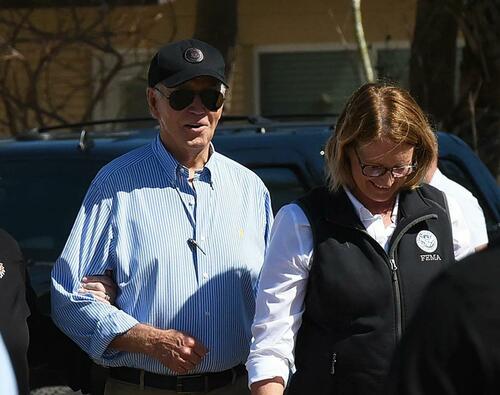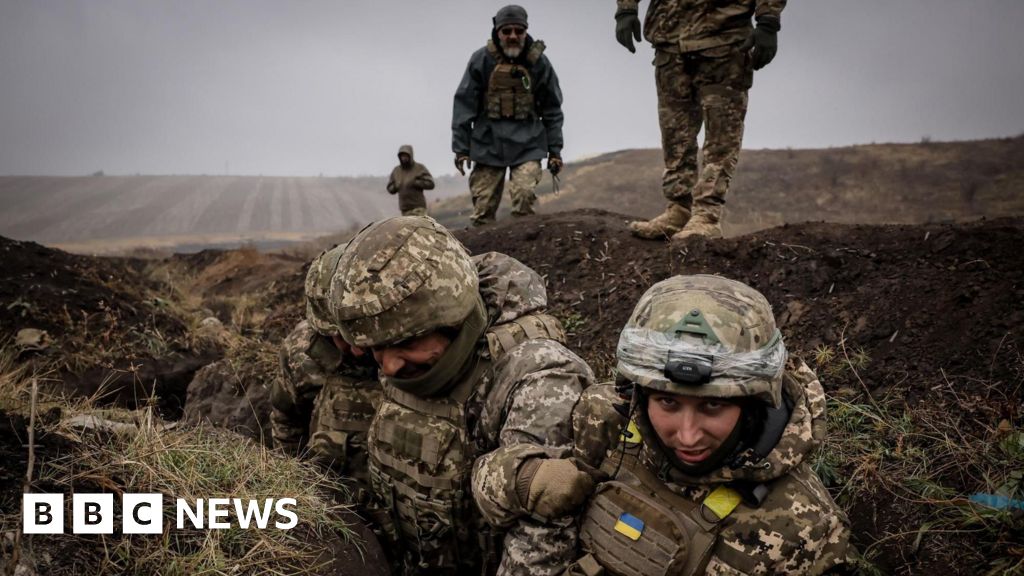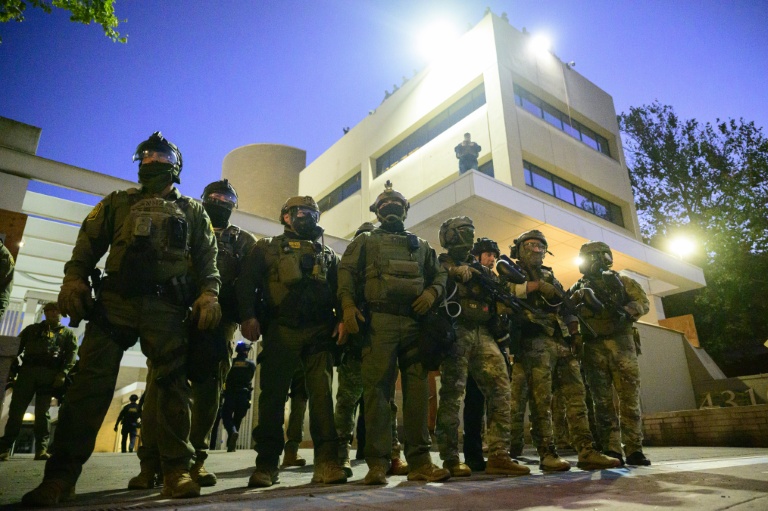(0:00 - 1:43)
Rebel News has become an icon of conservative independent journalism in Canada, but it has not come without cost. Rebel News and its founder, Ezra Levant, have been ceaselessly attacked by our government and by various leftist organizations. Ezra estimates that to date Rebel may have spent as much as $2 million defending themselves and their reporters, in many cases, successfully.
I'm joined today by Ezra from the Rebel News studio in Toronto to provide details on the censorship battles, many of which are still ongoing, and to provide his thoughts on independent journalism in a country where, as Ezra states during the interview, the truth is not a defense. He also provides his advice to young independent journalists on how to succeed in joining the fight to bring Canadians the truth and on how mainstream media has become nothing more than a propaganda machine for the government. Ezra, welcome to the show.
Thanks very much. I invited you here today because I don't think there could be any doubt that Rebel News and before that Western Standard, both organizations that you have run have suffered more censorship and cancellation in terms of your representation of the truth to Canadians than any other media outlet in Canada. We could start back in 1994 when you wrote an article against the University of Alberta and their hiring policies, but I think probably we should start at 2006 when you were running the Western Standard and you published a cartoon that had a heck of a lot of lashback.
(1:43 - 5:07)
Let's start with that one. Sure. In the previous fall, 2005, there was a Danish newspaper called the Jyllands-Posten that published 12 cartoons of the Muslim prophet Mohammed.
They're just random. There was no theme to them other than Mohammed. One of them looked like something out of a child's illustrated Bible.
One looked like an Olympic logo. One was a boy named Mohammed. One was a cartoonist drawing Mohammed.
One of them was a commentary on the place of women in Islam. They had a woman in a burqa with just her eyes visible and a man with his eyes blacked out. It was sort of an interesting commentary on jihad and the hijab.
And one of them had someone with a bomb as a turban. So those were the 12. Nothing more spicy than you'd see in any given political cartoon in the Toronto Star or the but at that time, Iran assassinated the prime minister of Lebanon.
And so they needed some sort of political distraction. So there are all these riots in Syria and Iran, even though they don't have political freedom there. And the cartoon was not shown there.
It became a bit of a political and diplomatic stick to hit the West. And something bizarre happened for the first time in my life is newspapers became afraid to publish something. And so although it was relatively unremarkable and sort of boring, suddenly throughout the Muslim world were riots.
I say again, by people who never saw the cartoons, it was not published anywhere in Iran or Syria or Nigeria, where riots killed about 200 people. So suddenly, rather boring Danish cartoons, obscure, not particularly well-drawn, were not only causing riots around the world, but even more newsworthy than that, the New York Times, the CBC, the Wall Street Journal, the tabloids, no one in North America would publish it. So I was a publisher of the Western Standard.
And I said, well, let's do a story on this. Let's show a few of the cartoons, and let's do sort of a media critique. Well, we were a fortnightly magazine, and I thought for sure we'll be beaten to the punch by the Toronto Sun or by McLean's, which back then were really scrapping.
No, we were really the only newspaper. And there was a little University of PEI student newspaper that published it and quickly regretted it. And I think all of those newspapers were thrown out.
And there was a little Jewish newspaper in Calgary that published it and then apologized. So we were basically the only people in Canada. And Canadians loved it.
Our magazine sold out immediately. We had hundreds of people subscribe, including many Muslims, who said, I didn't cross an ocean to come to Canada to have Sharia law follow me. That was a very powerful thing to hear.
And I thought it would be over then. But actually, the threat was not from a jihadist. It was from the government of Alberta, which prosecuted me through something called the Alberta Human Rights Commission.
(5:08 - 5:36)
And for 900 days, I was prosecuted for the following offense. I still remember the wording of the offense, even though it's been well over a decade. I published something, quote, likely to expose a person to hatred or contempt.
So if you just look at those words, likely to, that's future tense. You haven't done anything, but you might in the future. You might, what, punch someone in the nose? You might shoot someone? No, no.
(5:37 - 6:31)
You might convince that person there to have hard feelings about that person there, likely to expose a person to hatred or contempt. There's no defense against that, by the way. Truth is not a defense.
Fair comment is not a defense. Religious belief is not a defense. There's really no defense to it because either you published it or you didn't, and then from there it was subjective.
Could that maybe in the future cause person A to have hard feelings about person B? So I was doomed and I knew it, but I had a trick up my sleeve. I brought a video camera into my interrogation, filmed the whole thing, went home, uploaded it to YouTube. And this was 2008 when YouTube was very young.
There wasn't even social media yet. There was no Twitter or Facebook or LinkedIn or Instagram or any of that. There was YouTube and there were blogs.
(6:32 - 6:42)
So I uploaded, I think, six little clips of my interrogation to YouTube. I'd never filmed anything before in my life. I'd never uploaded anything to YouTube before in my life.
(6:42 - 8:52)
And they went ultra viral. They went crazy. The following week, my interrogator, Shirlene McGovern, quit the file.
And there were so many phone calls and letters to the Human Rights Commission, they eventually just dropped the case and walked away. And it was a case of censorship, but it was also a taste of how to fight back, which is drag these bullies into the public square. They were used to punishing people in the dark, in a closed room where no one else would see.
And I knew I had to bring a camera in because I knew no one would believe me if I said that a journalist, an author, a reporter would be interrogated over what he published in a magazine. And I also thought long and hard before I went to the interrogation, I thought, what are they probably going to ask me? Let me see if I can think of some answers in advance. And I knew that one of their questions would be, why did you do it? Well, obviously.
Now, I had been asked that question a hundred times by the CBC, by every reporter, by people on the street, why did you do that? And I always tried to give a very persuasive answer, a very moderate answer. I said, look, those cartoons are the central element of the story of the day. If I was in radio, I would describe those cartoons, but I have a print magazine, I can show them.
And when I'm showing the cartoons to our viewer, it's like a prosecutor putting evidence to a jury. Here is exhibit A, it's up to you to think about them. So, I wasn't necessarily endorsing the cartoons, I was just showing the news.
That's what a news magazine does. And that's the answer I probably gave a hundred times. But I knew my answer had to be different when the government asked me the question.
Because if someone on the street or journalist said, why did you publish those cartoons? Okay, they want to know, they're curious. It's an opportunity for me to persuade an audience. It's good public debate.
(8:53 - 10:48)
But when a cop asks you a question in an interrogation, it's not for banter, for education, for an exchange of ideas, it's because something turns on it. Because if you answer wrong, you'll be in trouble. And so, when you're asked under duress, when you're asked a question where you could be punished for giving the wrong answer, you could sort of go two ways.
One is, please, master, I apologize for having offended the law. I beg your mercy. I am so sorry.
And that's what those two other little newspapers did in Canada, the University of Prince Edward Island student paper and a little Jewish paper in Canada. Oh, mercy, mercy, so sorry. I took the opposite approach.
I said, I publish them because it's my right to do so. I don't have to explain myself. I don't have to try and be reasonable.
I would if you talk to me on the because I'd like to be a reasonable person. But you have hauled me in here with the authority of the state. If I give the wrong answer, if I don't please you, I'll be harmed.
I have to assert my maximum rights, not just beg to be allowed to continue, master, so sorry. So, I said, no. I published the cartoons, I said, because it's my bloody right to do so.
And here we are, I don't know, almost 20 years later, and I publish things every day because it's my bloody right to do so. And I've been hit with 100 actions in human rights commissions, in lawsuits, in government actions, but you know what? Like the Ever Ready Energizer Bunny, I just still keep on hopping along. And that's excellent.
So, you established Rebel News in 2015, the same year that Trudeau was elected. And as you said, 100 actions have been pointed at you to try to silence you. What would you say have been the most egregious examples of censorship and cancellation that Rebel News has suffered?











